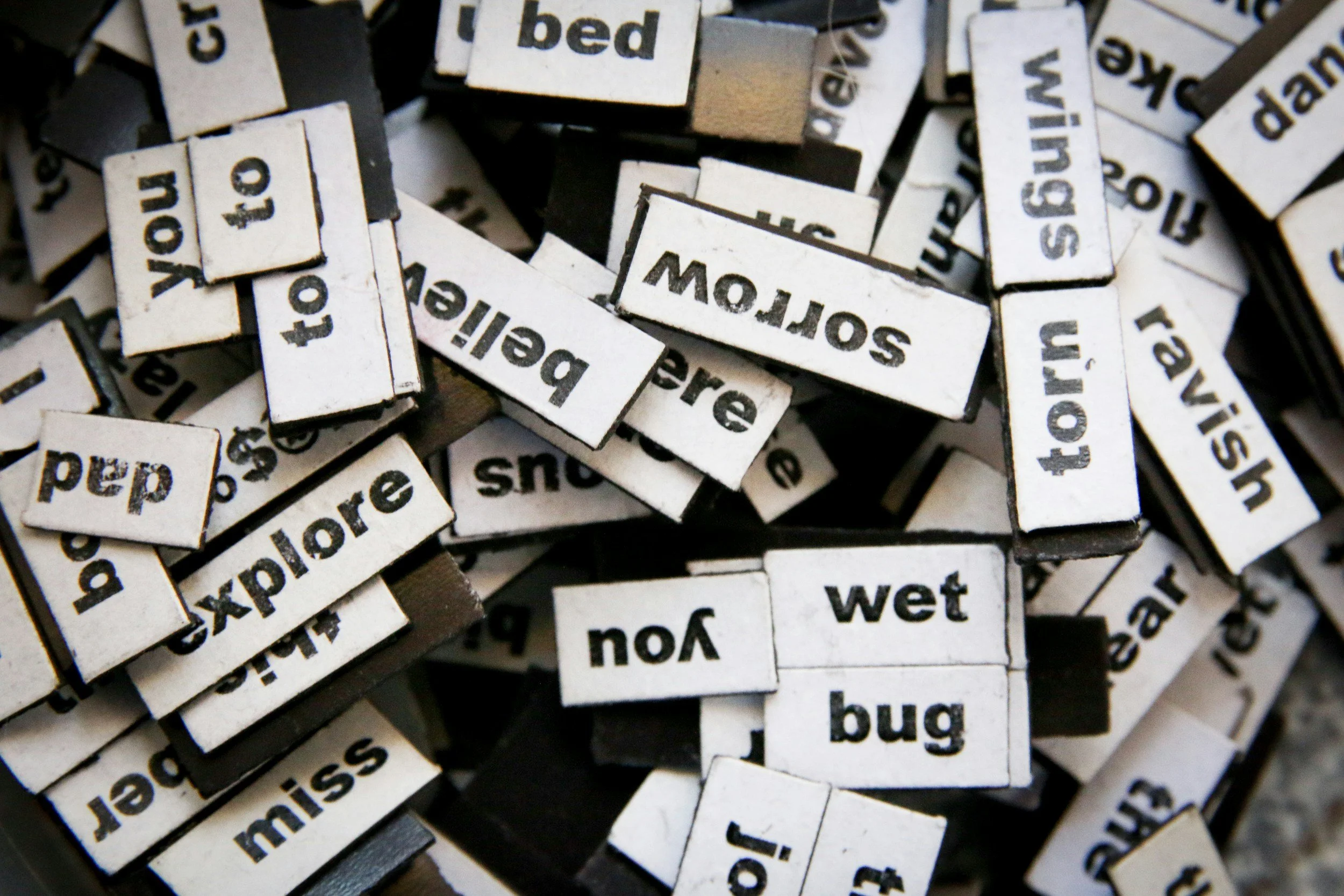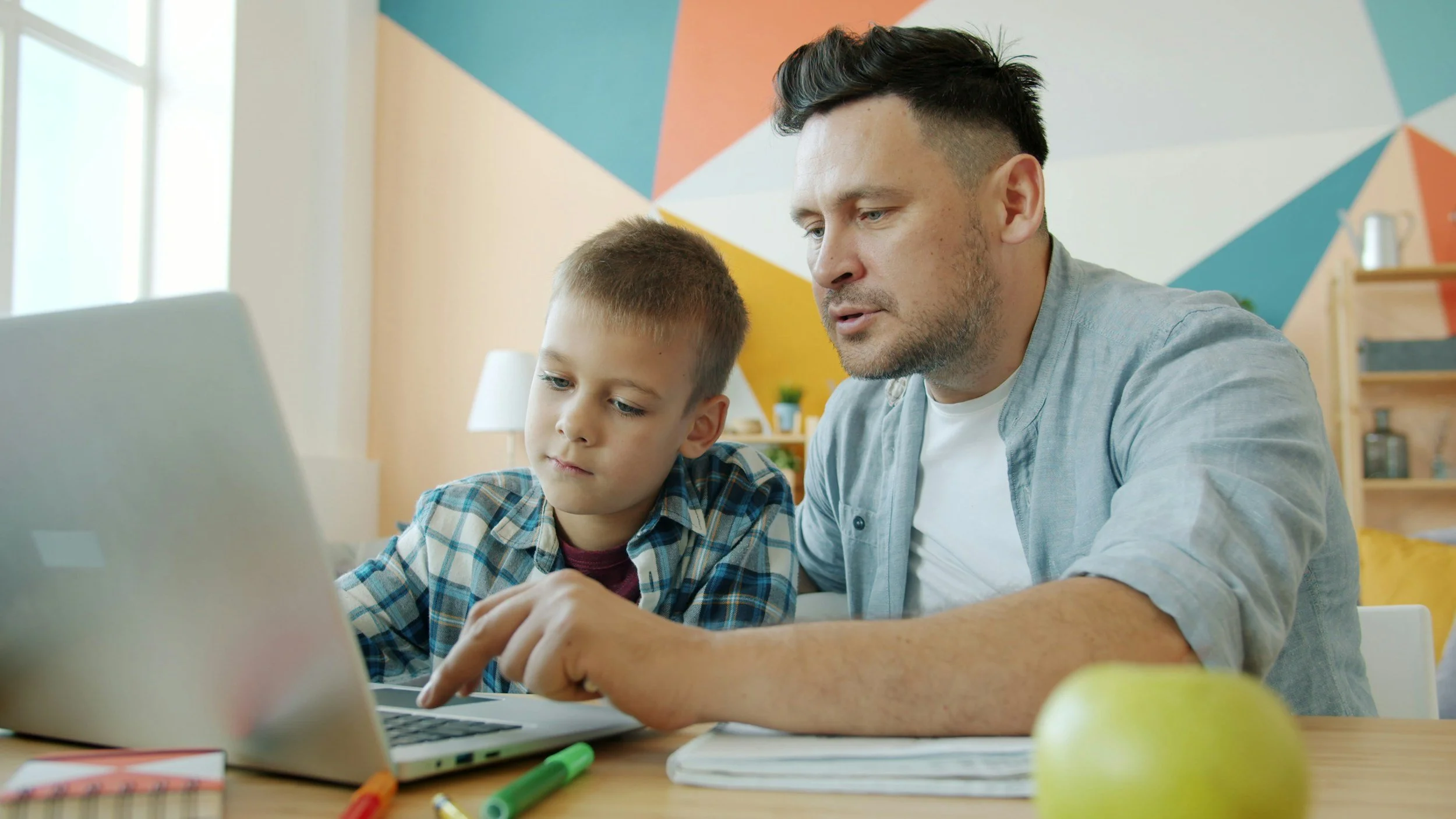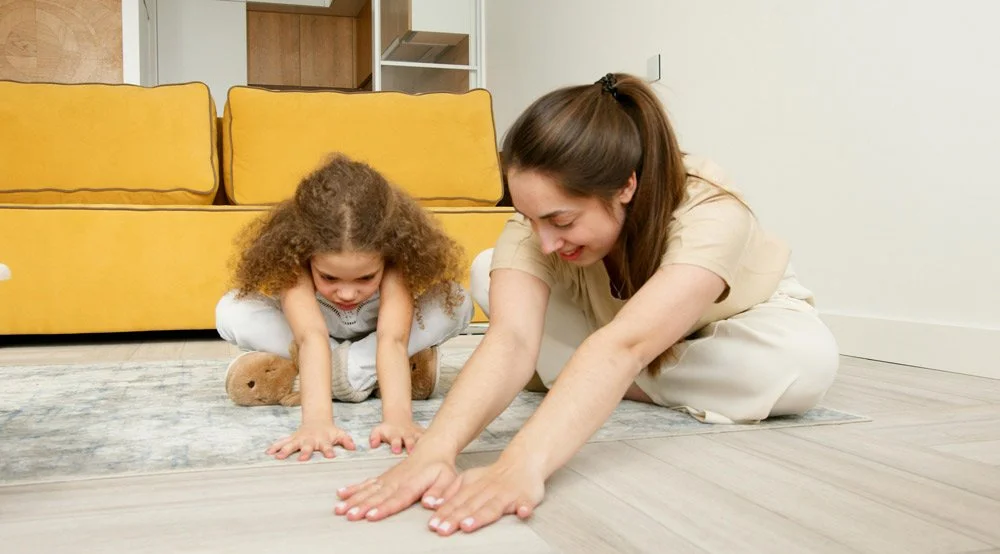How to Help Children Develop Emotional Intelligence
Big feelings are part of growing up. When children learn to notice, name, and navigate their emotions, they handle stress better, relate more kindly to others, and bounce back from setbacks. That skill set, often called emotional intelligence, can be taught and practiced at home in small, everyday moments.
Below are practical ways to build these skills, with simple language you can use right away.
Why Emotional Intelligence Matters
Children with strong emotional skills tend to:
Calm their bodies and make clearer choices when upset
Use words instead of behaviours to communicate needs
Show empathy and repair with friends and family
Build confidence because feelings aren’t “too big” or scary
Think of it as three abilities: recognize, name, and regulate.
STEP 1: Help Your Child Recognize Feelings
Start with noticing: faces, bodies, and clues.
Name what you see.
“Your shoulders are tight and your eyes are watery—something feels hard right now.”Pause and breathe together.
Slow breathing (in for 4, out for 6) signals safety to the nervous system.Use visuals.
A simple Feelings Wheel or feelings chart helps children point to a word even if they can’t say it yet. Keep one on the fridge or by the homework area.
Quick script: “Let’s check the feelings wheel. Are you closer to frustrated, disappointed, or angry?”
Step 2: Expand Their Feelings Vocabulary
The more precise the word, the easier the solution.
Teach families of feelings: mad (annoyed → angry → furious), sad (disappointed → sad → grief), worried (nervous → worried → scared), glad (calm → happy → excited).
Play “Name That Feeling” with books, shows, or real-life moments: “How do you think that character feels? What tells you that?”
Step 3: Co-regulate, Not Correct
Emotion understanding needs validation of the feeling and guiding the behaviour.
Validate first.
“It makes sense you’re upset; the game ended just as you were winning.”Set a limit if needed.
“It’s okay to feel mad. It’s not okay to throw the controller. Can we find a different way?”Offer a tool and a choice.
“Do you want the squishy ball or a 2-minute movement break?”
Try this 3-step formula: Name it → Normalize it → Next step.
“You’re disappointed. Lots of kids feel that when plans change. Let’s pick one fun thing for after dinner.”
Step 4: Practice Regulation Skills
Build a small “toolbox” and use it when everyone is calm.
Body tools: starfish breathing, wall push-ups, chair stretches, five-sense grounding (“name 5 things you see…”), drink of water
Thought tools: “This is hard and I can do hard things,” “Feelings come and go like waves.”
Connection tools: hug, hand squeeze, sit beside each other quietly, two-minute check-in
Create a cue card or small kit that your child can reach for on their own.
Step 5: Model What You Want to See
Children learn most from what we do.
Narrate your regulation: “I’m frustrated. I’m going to take a deep breathe and start again.”
Repair when needed: “I spoke sharply earlier. I’m sorry. Next time I’ll take a pause.”
Step 6: Make It Part of Daily Life
Short, consistent practices work better than long lectures.
Feelings check-in at dinner or bedtime: “High, low, and hope for tomorrow.”
Problem-solving routine: define the problem, brainstorm 2–3 options, pick one, review how it went.
Celebrate effort: “You noticed you were buzzing and chose a break—great self-awareness!”
Age Appropriate Tips
Ages 2–6: Keep words simple; use play, stories, and pictures. Offer co-regulation (you regulate with them, as they are not able to regulate themselves).
Ages 7–12: Teach links between thoughts–feelings–behaviours. Practise coping plans for school or activities.
Teens: Collaborate. Ask what support helps (“Do you want ideas, or just to vent?”). Encourage movement, sleep, and digital boundaries.
Common Pitfalls (and What to Try Instead)
“You’re fine.” → “You’re upset, and I’m here.”
Fixing too fast. → Validate and regulate first; solutions land better once the body is calmer.
Only teaching when there’s a meltdown. → Practise tools during calm times for easier recall later.
When to Consider Extra Support
If big feelings are frequent, intense, or impact home/school friendships, a few sessions with a counsellor can help your child (and you) learn tailored strategies. At Creative Horizons Counselling, we use age-appropriate approaches, including play and art-based methods, to make learning skills engaging and safe.
-
We’re here to help.
If you’d like ideas tailored to your child, book a consultation session here or call 778-265-6383.






